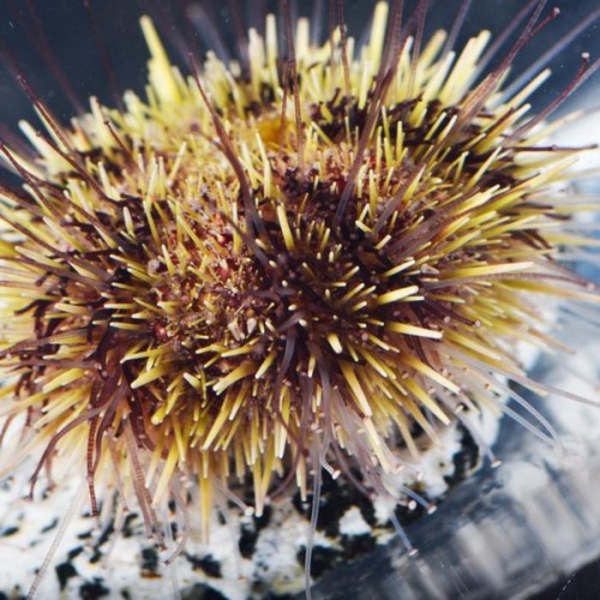When driving through a rainstorm, traction is key. If your tires lack sufficient tread, your vehicle will slip and slide and you won’t have the grip needed to maneuver safely. When torrential rains hit nearshore, shallow water ecosystems, sea urchins experience a similar challenge. Heavy precipitation can alter the concentration of salt in the ocean waters causing lower salinity levels. Even a slight change in salinity can affect the ability of sea urchins to securely attach their tube feet to their surroundings – like tires gripping the road. This becomes a matter of life and death for the small spiny creatures, as they rely on their adhesive structures to move in the wave-battered rocky area near the seashore.
This environment also has provided a laboratory for researchers to study the ecosystem changes in the once-fishless alpine lakes, to which anglers today make long hikes to pursue cutthroat trout and relatively rare golden trout.
The survival of sea urchins is vital for maintaining balance within marine ecosystems. Sea urchins are responsible for grazing around 45% of algae on coral reefs. Without sea urchins, coral reefs can become overgrown with macroalgae, which can limit the growth of corals. With the importance of coral reefs for coastal protection and preservation of biodiversity, it is critical to safeguard the sea urchin population.
Read more at: Syracuse University
Syracuse University biologists co-authored a study exploring how sea urchin adhesive abilities are affected by differing levels of water salinity. (Photo Credit: Syracuse University)


